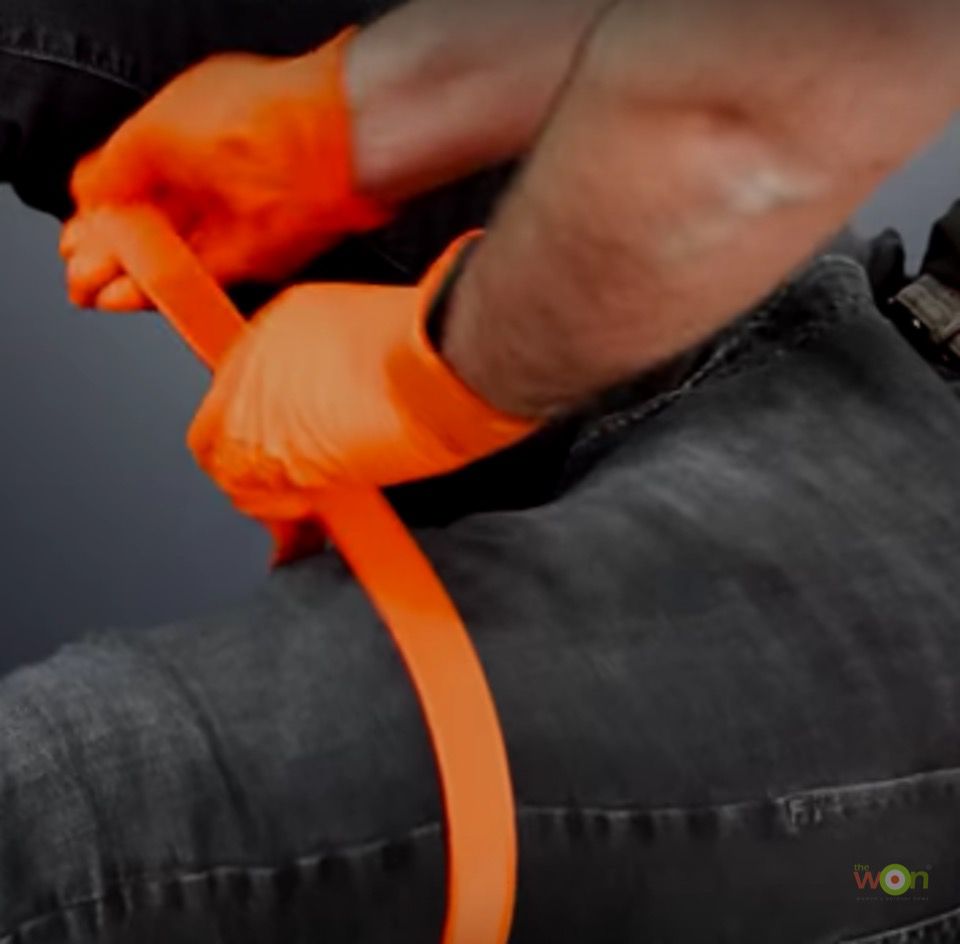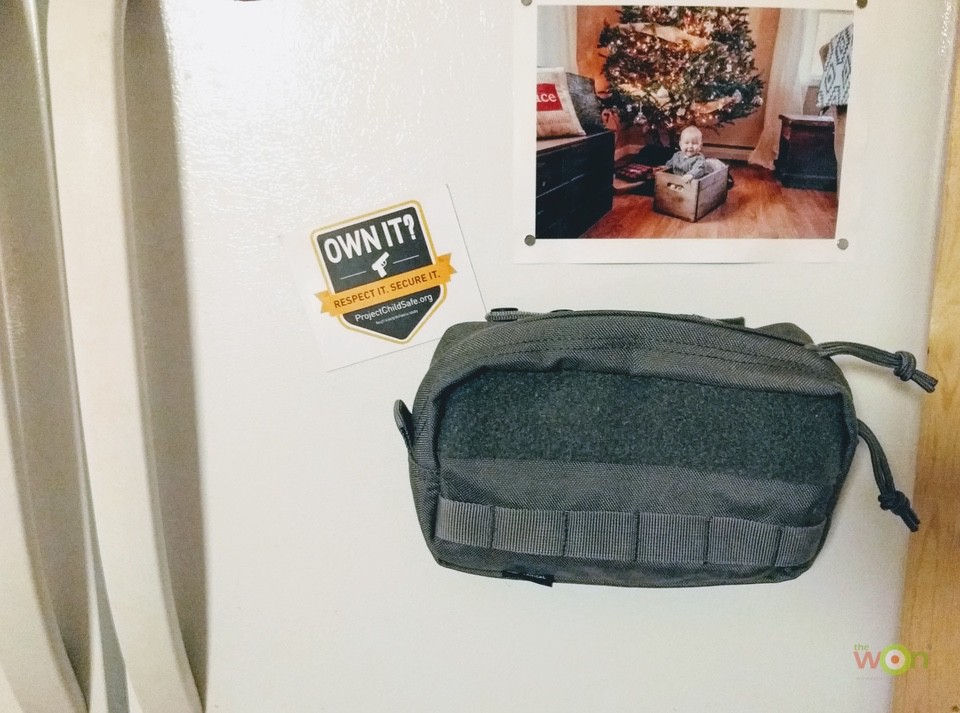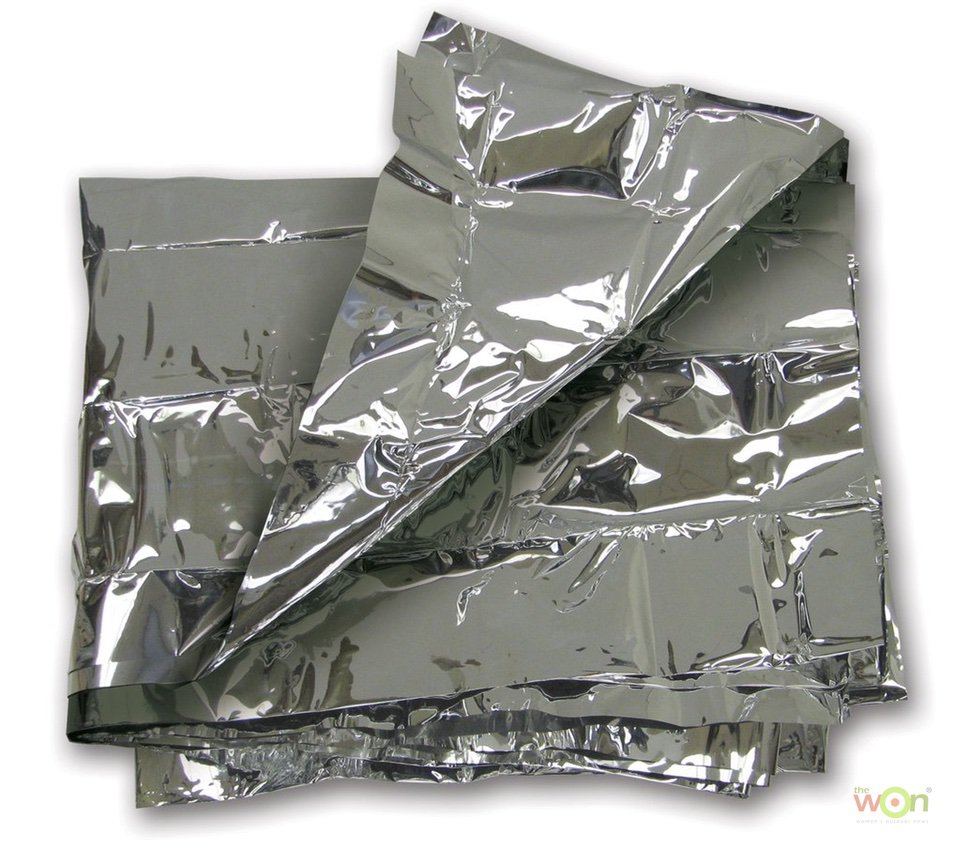In a previous acronym-filled post about individual first aid kits, I introduced the concept of the IFAK. Popular with soldiers, the IFAK is truly a useful tool for us civilians too. Especially on the range or in the field, bringing an IFAK on your adventures undoubtedly ups your preparedness in an emergency situation.
I know, I know, this is kind of 2 tips in one. But it is the most important tip there is.
Learn what to do in an emergency through a local first aid course, then practice those techniques to keep your knowledge fresh. Rehearse scenarios in your head and think about how you could react, so that if (God forbid) any of those scenarios play out, you can act quickly.
This is something my dad taught me to do before I left home for college. He would paraphrase Secretary of Defense James Mattis by telling me to “have a plan” every time I called my dad on the phone. That meant that wherever I went, I needed to look around and have an idea of what I would do to get out of there, should things take a turn for the worse. The same is true in an emergency. Why do you think our schools and offices make us practice fire drills? Because folks in the safety office like watching people jump when the alarm goes off, and also because practicing emergency scenarios can make a big difference in an actual emergency.
Ray Jula, a friend and former Army Ranger, introduced me to the IFAK concept and he is a big proponent of the “big 3” IFAK items. In his combat casualty training, Ray learned the value of keeping a tourniquet on hand to slow the flow of blood to an affected area. Tourniquets are becoming more popular off the battlefield, due to their effectiveness as a first response before EMTs arrive. According to the Stop the Bleeding Coalition, at least one Boston Marathon bombing survivor attributes his survival to the quick application of a tourniquet and a shoelace as a makeshift tourniquet, saying, “Tourniquets saved my life.” There are many tourniquet options to choose from, so pick one that you feel confident using. My friend, Ray, has tried a variety, and recommended the STAT “smart” tourniquet to a civilian like me because it works just like a zip tie.

To prevent further loss of blood, the hemostatic agent comes into play. The word “hemostatic” defines itself – “hemo” is the Latin root of the word “blood” and “static” means to stop movement. A hemostatic agent stops the movement of blood by causing clotting or cauterization. Ray recommends using a hemostatic gauze, like XGauze by RevMedx, as a hemostatic agent. It is a 2-in-one way to stop the flow of blood and absorb blood already there.
The third element of the “big 3” is more familiar to most of us. A bandage provides pressure to the area to help stop bleeding. This could be the classic elastic bandage or a more modern take called the Israeli bandage (see this link from Inside First Aid for more details). Whichever you choose, follow Tip 1 and practice removing the bandage from the packaging so that you can use it quickly, should the need arise.
It may help to keep several IFAKs around, including in your car, your range bag and your hunting pack. Ray and his wife, Caitlin, estimate that they have upwards of eleven IFAKs in various places in their home and vehicles. Why so many? Ray wants to be ready to react to a traumatic situation without having to waste time looking for his stuff.
Caitlin recalled a time when she didn’t have an IFAK around, when she learned the value of knowing where your IFAK is at all times. While enjoying a winter day at a friend’s house with their families, a friend’s son returned to the house after sledding with a large gash on his forehead. As most head injuries do, it bled quite a bit. Caitlin did not have an IFAK and neither did her friend. So while Caitlin called 911, her friend went through several dish towels trying to stop the bleeding from her son’s head wound. If she had her IFAK with her, Caitlin believes they could have saved time and anxiety. Now she always has one with her, including an IFAK that stays in her kitchen, just in case.
Wherever you keep your IFAK, help it to stay in place with some Velcro, magnets or MOLLE straps. Attaching your IFAK to a solid surface will help you grab what you need quickly, without having to fumble with stabilizing the bag itself. The stress of an emergency can cause a few undesirable physical effects that make it difficult do otherwise simple tasks, like opening up your IFAK. According to the CDC’s article, This Is Your Brain On Emergencies, “If your heart rate soars above about 175 beats per minute, you’re more likely to go into shutdown mode and not be able to think clearly or act.”

Ray and Caitlin like to put heavy duty magnets into their IFAKs so they can stick to a car door or refrigerator. They learned that police officers will stick IFAKs to the cage between the front and rear of the car for use when transporting trauma victims to the hospital. Caitlin’s kitchen IFAK is ready to be magnetized on the fridge if and when it is needed.
Just as hunters carry specific gear for the type of game they hunt, your IFAK should reflect the emergency responses you are most likely to need. For a hiker or hunter, this might include a compass and a Mylar blanket in case of an unexpectedly long and cold trip into the woods. For a mom’s needs, the IFAK might include adhesive bandages and a thermometer. Ray and Caitlin stick a head lamp into each of their IFAKs – in case it is dark out when they need to take emergency action.

Photo courtesy of H and H Medical
If you prepared an IFAK for yourself or your family, what would it include? We would love to see how you are taking emergency preparedness to the next level. Share your IFAK photos with The WON on social media! And if you are interested in learning more about IFAKs, including how to order one like Ray and Caitlin’s through their new venture Ready Line Products, they would love to hear from you.
It started as sibling rivalry and grew into a lifelong passion. Target shooting is at the core of Emily Houston Monroe's past, present, and future. A decorated junior and collegiate rifle shooter, Emily now works as an engineer at a leading firearms manufacturer where she can bring her passion for firearms to a new level. In her blog The “How-To” Gun Girl, she will share her experience in various shooting sports. From targets to turkeys. From smallbore rifle up to .338 Lapua Magnum. From 10 meters to 1600 yards. If it is a shooting sport, the "How-To" Gun Girl will try it out and explain it all. View all posts by Emily Houston Monroe